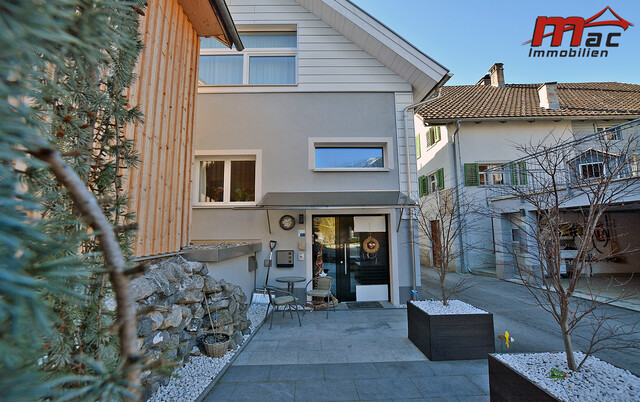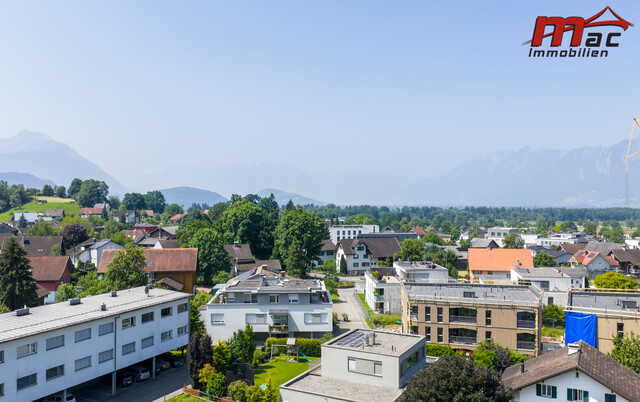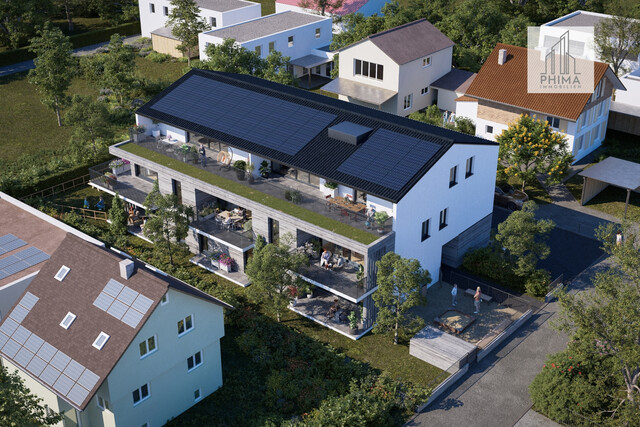Wifo/IHS do not expect a recession year this year after all

A better economic development at the end of 2024 and the beginning of the year makes the economic researchers from Wifo and IHS somewhat more optimistic for the entire year than they were in March. The Austrian economy will stagnate (Wifo) or grow by 0.1 percent (IHS), according to the institutes in their summer forecast presented on Thursday. "In normal times, such stagnation would be anything but a reason for joy," admitted Wifo head Gabriel Felbermayr.
Compared to the spring forecast, at least a third recession year is no longer expected. At the end of March, both institutes had predicted a decline of 0.3 and 0.2 percent, respectively. Felbermayr pointed to a now brightened consumer sentiment and "positive signals" coming from Germany.
Forecast for Budget Deficit Worsened
The budget deficit for 2025 is expected to remain significantly above the Maastricht limit of 3 percent of GDP at 4.1 percent and 4.4 percent, despite a savings package. The forecast for the deficit has thus been worsened compared to the March value, where 3.3 and 3.2 percent were assumed. This also applies to 2026, where economic researchers now expect a budget deficit of 3.9 and 4.1 percent of gross domestic product (GDP). The IHS assumes "strict budget discipline" in its forecast - meaning that the savings package guidelines will be implemented. Wifo expects an increase in the national debt ratio to 85 percent by 2026.
The economic researchers warn of a significantly decreased competitiveness of the Austrian economy in recent years. Consumer prices have consistently risen more sharply than in the Eurozone since 2010, said IHS head Holger Bonin. Both economists called for reforms in the pension system and a reduction in non-wage labor costs in this context.
Felbermayr made a notable statement here, suggesting that one should consider introducing an inheritance tax as a counter-financing measure. Bonin agreed with this. "We have no leeway to lower taxes without counter-financing."
In 2026, the economy is expected to grow somewhat stronger. Wifo anticipates a slightly more dynamic recovery to 1.2 percent. IHS expects an annual growth rate of one percent in 2026. This means Austria will clearly lag behind the expected development in the Eurozone. IHS researchers forecast real growth of 1.0 (2025) and then 1.5 percent (2026) for the 20 Euro countries. Wifo's estimate here is 1.0 percent, followed by 1.1 percent.
Average Inflation Rate of 2.9 Percent Expected
The inflation rate is expected to remain relatively high this year according to forecasts. Both Wifo and IHS anticipate an average inflation rate in Austria of 2.9 percent. In the following year, the development of consumer prices is expected to decrease slightly with estimated inflation rates of 2.2 (Wifo) and 1.9 percent (IHS). Both predict an increase in the unemployment rate to 7.5 percent this year, followed by a decrease to 7.3 percent in 2026.
Signs of recovery are increasing, writes Wifo in its release, "although it remains tentative and susceptible to setbacks" for the time being. IHS also warns, despite the better growth forecast, of "significant downside risks." These primarily stem from the "erratic tariff policy" of the USA, as well as geopolitical tensions in the Middle East and the war in Ukraine.
This year, private consumer spending is a support for the economy, expected to rise by 0.4 and 0.7 percent respectively. For the industry, another year of decline is anticipated, according to Felbermayr. Nevertheless, it seems to be "gradually finding its way out of the recession." By 2026, all sectors except tourism are expected to grow.
Exports have a dampening effect
This year, exports still have a dampening effect, expected to fall by 0.5 percent compared to the previous year according to Wifo and IHS. However, in the following year, they are expected to rise again by 1.3 and 1.8 percent. Gross fixed capital formation is also expected to decline again this year (real by 0.7 or 0.5 percent), but to contribute to economic growth again in 2026 (+1.4/+0.8 percent).
Looking abroad
The international comparison is also interesting. For the most important trading partner Germany, economic researchers expect growth of 0.3 percent this year. The USA is expected to increase its economic output by 1.4 and 1.7 percent respectively, while China's GDP is expected to grow by 4.2 or 4.5 percent.
(APA/Red)
This article has been automatically translated, read the original article here.
Du hast einen Hinweis für uns? Oder einen Insider-Tipp, was bei dir in der Gegend gerade passiert? Dann melde dich bei uns, damit wir darüber berichten können.
Wir gehen allen Hinweisen nach, die wir erhalten. Und damit wir schon einen Vorgeschmack und einen guten Überblick bekommen, freuen wir uns über Fotos, Videos oder Texte. Einfach das Formular unten ausfüllen und schon landet dein Tipp bei uns in der Redaktion.
Alternativ kannst du uns direkt über WhatsApp kontaktieren: Zum WhatsApp Chat
Herzlichen Dank für deine Zusendung.








